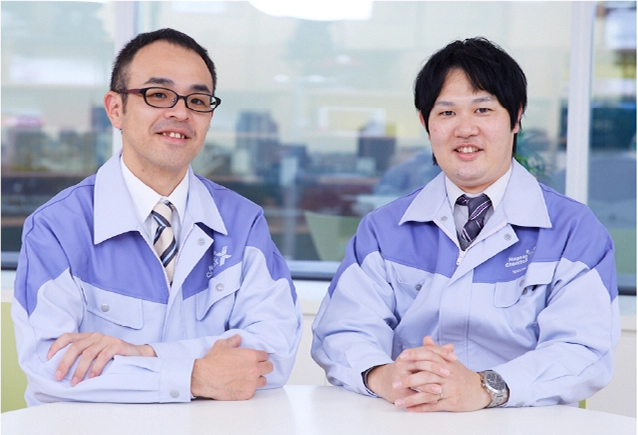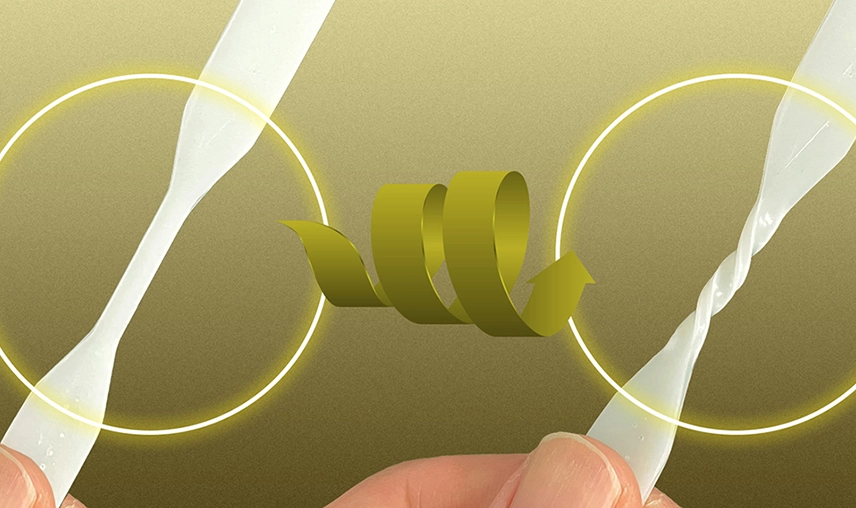
Room Temp Curing Adhesive
<High Modulus and High Elongation Type>
Achieving excellent adhesion comparable to heat curing. Curing at room temp, providing strong bonding between materials with different properties.
Eliminating the need for heat curing processes, contributing to reduced environmental impact.
High elasticity and high elongation
Achieving both high elasticity and high elongation properties, which were previously difficult to combine
Enabling multi-material bonding for lightweight components such as CFRP and aluminum
High energy absorption capability
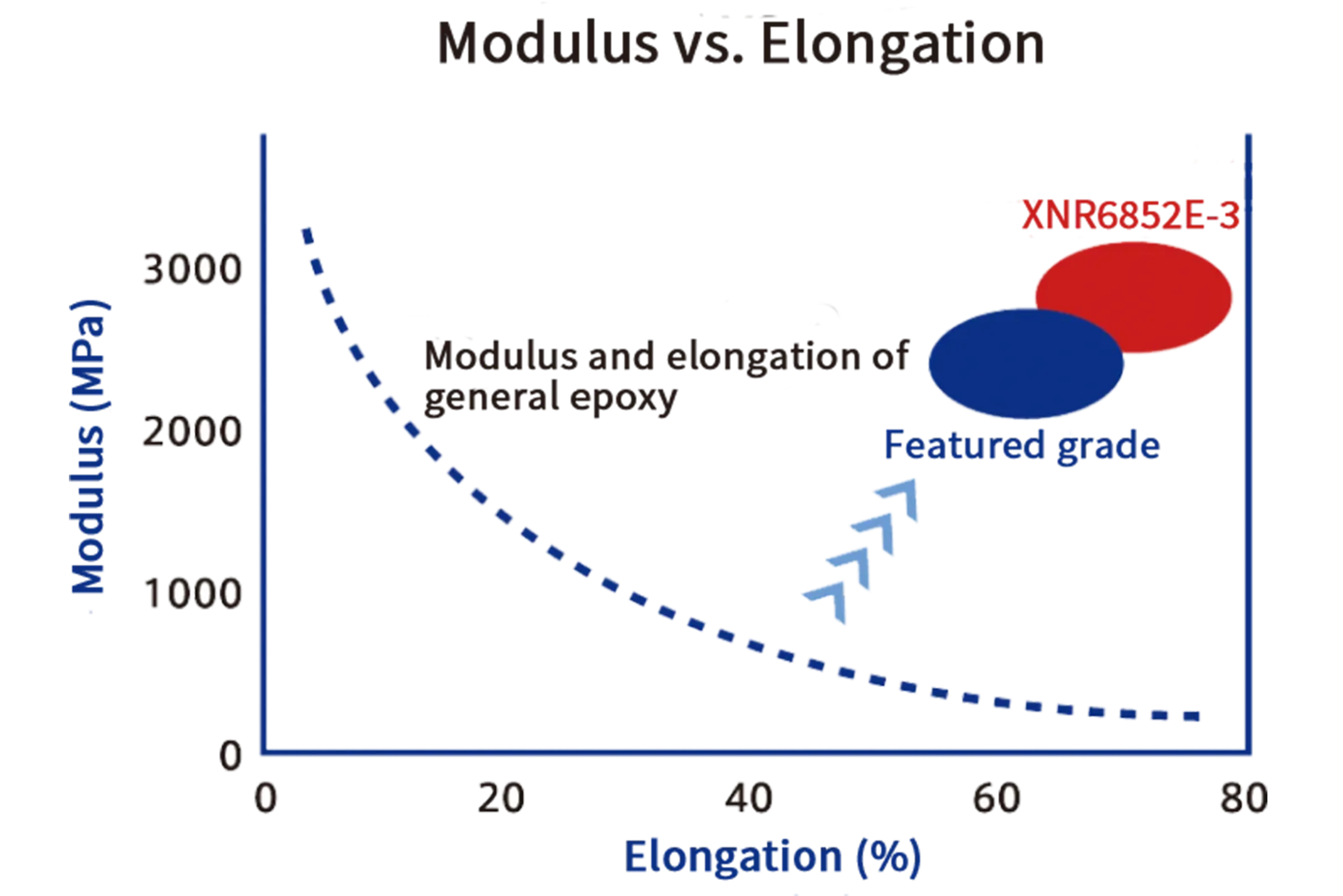
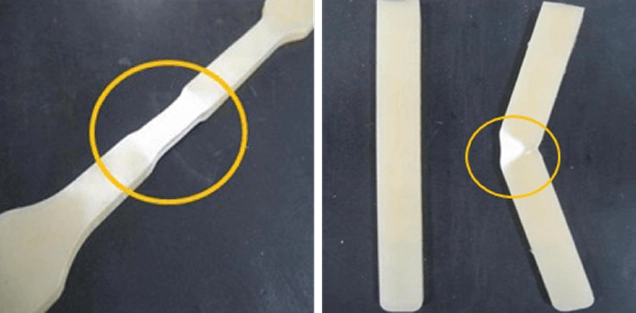
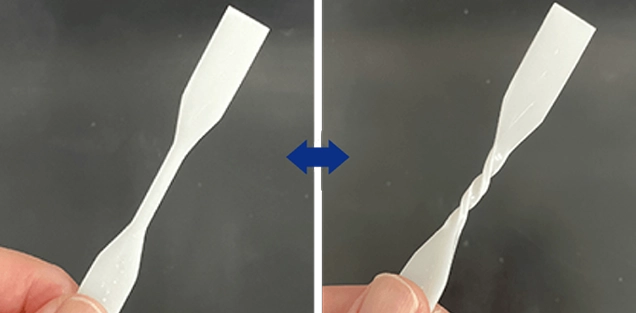
Integration of features from other products
A room tem curing adhesive with a proven track record in automotive and industrial applications
| Curing conditions | 25℃/24hr |
|---|---|
| Adhesive strength | 22 MPa |
| Elastic modulus | 6,500 MPa |
| Elongation rate | 1.5% |
Highlighted in the media for
 its high elasticity and high elongation characteristics
its high elasticity and high elongation characteristics
| Curing conditions | 180℃/30min |
|---|---|
| Adhesive strength | 46 MPa |
| Elastic modulus | 2,900 MPa |
| Elongation rate | 50% |
Hybrid type combining both properties
| Curing conditions | 25℃/24hr |
|---|---|
| Adhesive strength | 22 MPa |
| Elastic modulus | 2,500 MPa |
| Elongation rate | 50% |
| Substrates | Al | Steel | CFRP |
|---|---|---|---|
| Al | 17 MPa | 18 MPa | 17 MPa |
| Steel | - | 22 MPa | 20 MPa |
| CFRP | - | - | 19 MPa |
| Substrates | Al | Steel | CFRP |
|---|---|---|---|
| Al | 42 MPa | 42 MPa | 30 MPa |
| Steel | - | 46 MPa | 29 MPa |
| CFRP | - | - | 27 MPa |
| Substrates | Al | Steel | CFRP |
|---|---|---|---|
| Al | 17 MPa | 24 MPa | 24 MPa |
| Steel | - | 20 MPa | 24 MPa |
| CFRP | - | - | 27 MPa |
Application examples


Developer interview
Expanding the possibilities of room temp curing
As the demand for carbon neutrality grows across industries, We are focusing on developing functional adhesives that cure at room temp.
This time, the room-temperature curing adhesive series welcomes a new addition: the "High Elasticity and High Elongation Type."
We spoke with two of the developers involved in the project about the development process.


What kind of product is the "Room temp curing adhesive (high elasticity, high elongation type)" developed this time?

This time, we designed the material to achieve both high elasticity and high elongation while curing at room temp. (Umeki)


How was this product developed?
Previously, it was common to use bisphenol-type epoxy resins as the main backbone.
However, this time we introduced a different structure as the main backbone. By revisiting and combining application structures without being bound by past precedents, we were able to achieve the characteristics of high elasticity and high elongation while curing at room temperature. (Umeki)

What applications are expected for this product?

Why is "room temperature curing" a key feature?
For example, in the past, many automobile manufacturers used heat curing at around 180°C to match their production lines for processes like painting.
In such cases, having the option of room tem curing is significant.
The ability to cure at room temp helps reduce CO2 emissions from heat curing, which contributes to lower environmental impact.
Additionally, eliminating the need for curing furnaces or heat guns in the curing process at the point of use offers advantages in terms of shorter production time and cost reduction. (Umeki)

What kind of products would you like to develop in the future? Could you share your vision?
As our customers' efforts toward carbon neutrality progress, there is an increasing demand for adhesives that offer high performance while curing at room temp. (Umeki)


We are also working on developing easy-to-dismantle adhesives, which can be peeled off easily when needed, while maintaining normal adhesive properties. (Ueda)
Specifically, this includes developing new products using lightweight materials and bio-based materials. Through our efforts in the ecosystem, we aim to contribute to the realization of a sustainable future. (Umeki)

